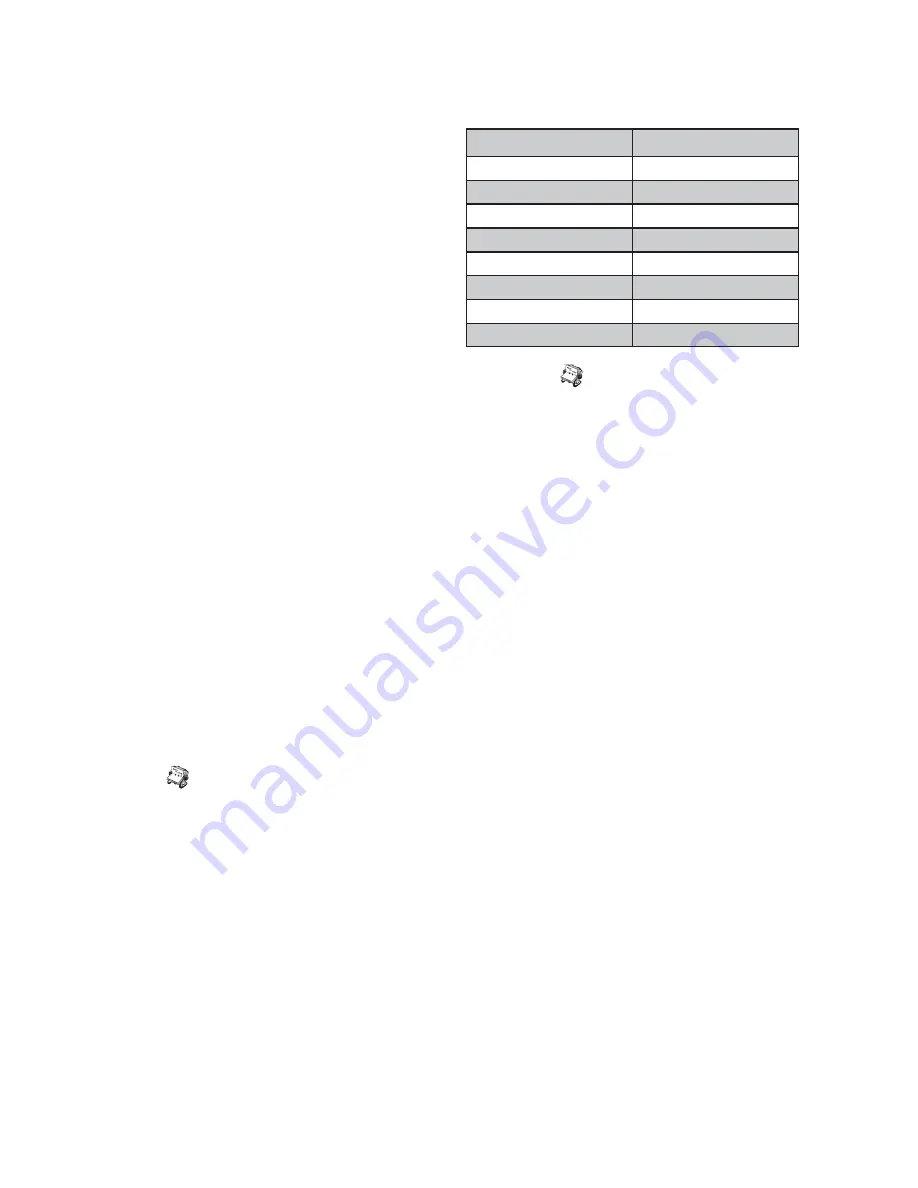
Gemini 105Mc Owner’s Manual
13
Copyright © 2004 Performance Cruising Inc.
Propane System
Carbon Monoxide
When propane burns with a blue flame, only carbon
dioxide and water vapor are produced. However, a
yellow flame is an indication that carbon monoxide
is being produced. Carbon monoxide can also be
produced if there is a 5% depletion of oxygen in the
cabin while propane is burning.
All internal combustion engines produce carbon
monoxide. A gas engine is worse than a diesel en-
gine. The largest cause of carbon monoxide poison-
ing is from gasoline-powered generators because
they are left running for long periods of time.
Propane units, if properly maintained, will not pro-
duce carbon monoxide. Proper maintenance in-
cludes keeping the system clean and maintaining
good airflow. If you are at all nervous, you can try a
carbon monoxide detector, but unfortunately these
detectors are not 100% reliable and can be affected
by atmospheric conditions. In addition, carbon mon-
oxide detectors have to measure the time exposure
as well as the amount of carbon monoxide. Thor-
ough ventilation is the best safeguard against a
build-up of carbon monoxide.
Copper and Fittings
The copper in use is 3/8", K type. Most of the copper
fittings are connected to the various appliances with
3/8" flare fittings.
Checking for Leaks
To check for propane leaks all the line connections
should be tested. With the propane on, use a small
paintbrush and liberally coat the joints with a mix-
ture of dishwashing soap and water. A leak is identi-
fied by bubbles in the solution generated from the
escaping propane.
Stove
The stove is an English unit with 2 burners, a broiler,
and an oven. The unit includes a flame failure device
to each burner so that if the flame were to blow out,
after about 10 seconds the heat sensor beside each
burner will cool down and the propane will automati-
cally cut off.
To light each unit there is a flame failure override
procedure. In the case of the stove turning the knob
counterclockwise to full “ON” and pressing the knob
in allows propane to flow. Light the propane and
hold the knob in for a few seconds This warms up the
heat sensor and the unit will continue to run. Com-
pletely turning the knob counterclockwise turns the
flame up. To turn the flame down or off, turn the
knob clockwise.
Refrigerator
The refrigerator provides 4 cubic feet of storage
space and a freezer compartment in the top. The
refrigerator is completely silent when operating. The
refrigerant uses ammonia, water and hydrogen and
operates through an absorption process. The applica-
tion of heat acts like a pump and starts the process.
Heat applied by a small propane flame or an electric
heating probe boils ammonia out of the solution of
ammonia and water. Air circulating over the fins of
the condenser removes heat from the ammonia va-
por to cause it to condense to liquid ammonia from
where it flows into the evaporator. After taking heat
from the refrigerator, the ammonia returns to the
reservoir near the bottom of the refrigerator, remix-
ing with the water.
This system is especially suitable to the Gemini as
there is minimal heeling so the reservoir stays at the
same level as the point where the ammonia is boiled
out of the solution. With excessive heeling, the am-
monia would not cycle through the system. This
type of unit is very reliable and efficient. Any failure
is normally associated with switches or the thermo-
stat.
Running the Refrigerator
Press the AUTO button to the “Down” position which
illuminates the “Auto” light indicator. If shore power
is available, the unit will select A/C operation. If
shore power is not available, the unit will automati-
cally switch to propane operation. Within 45 sec-
onds, the burner should ignite and operate normally.
If the “Check” indicator light comes on, the control
has failed to light the burner on propane. To reset
when the “Check” light comes on, press the main
power button to the “Off” position and then “On”
again which re-initiates the automatic lighting proce-
dure.
On the initial start-up, after switching propane bot-
tles, or if the refrigerator has not been used in a
Oven Setting
Fahrenheit
1
230º
2
266º
3
302º
4
338º
5
374
º
6
410º
7
446º
8
482º














































